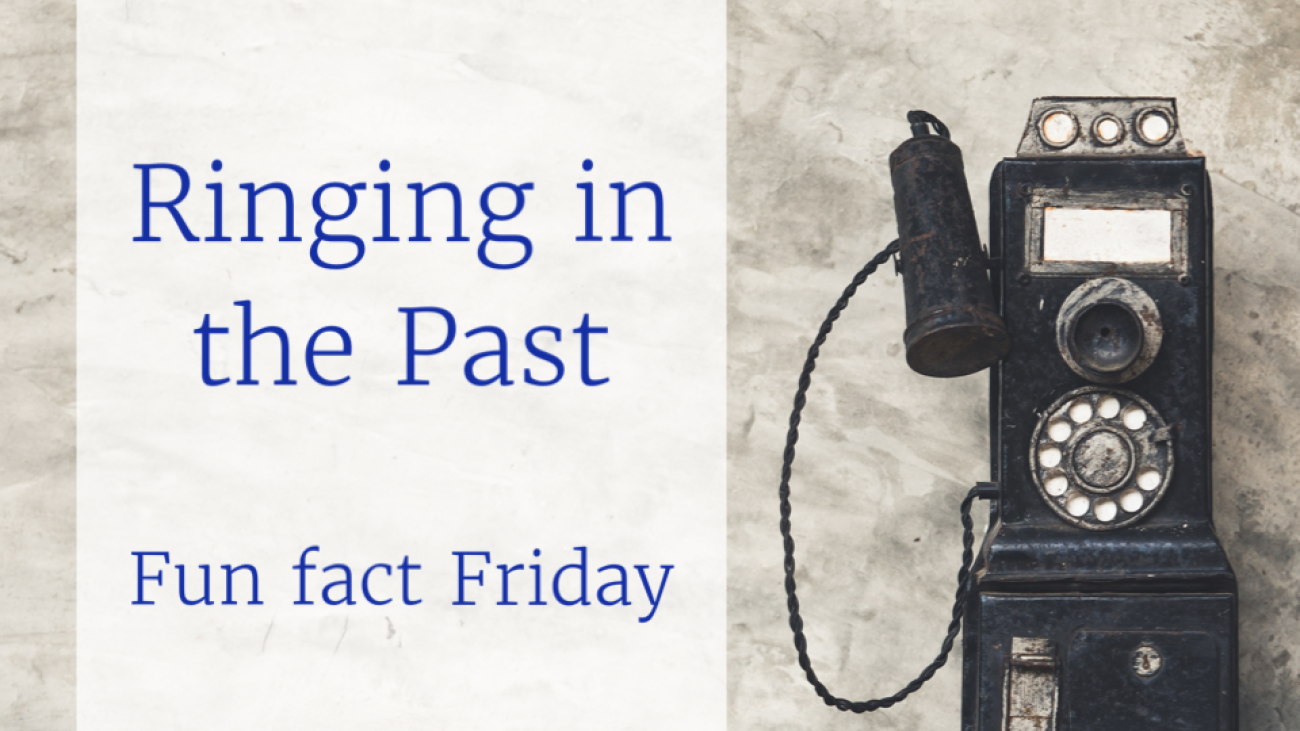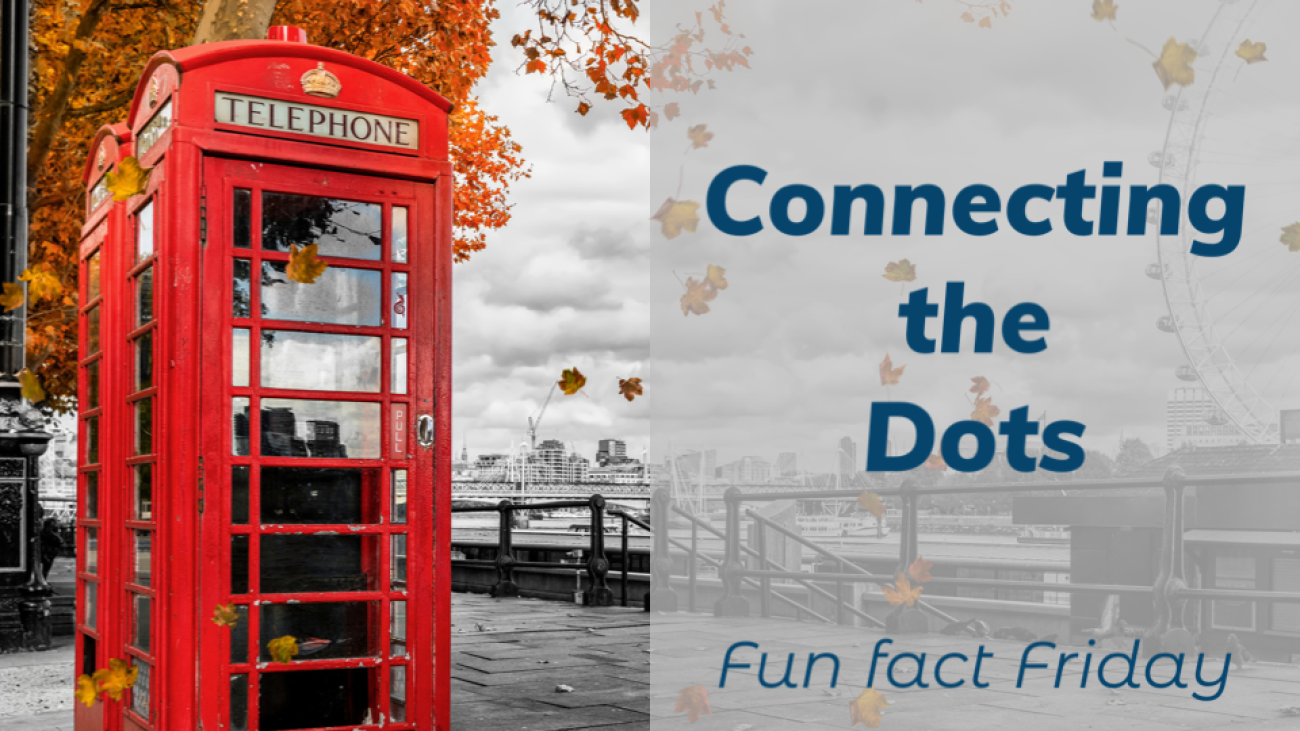The World Wide Web, often referred to simply as the web, has become an integral part of our daily lives, reshaping how we communicate, work, and access information. But do you know what goes on behind the screen? In this blog post, we’ll uncover some intriguing and lesser-known facts about the World Wide Web.
- The Inventor of the Web: The World Wide Web was invented by Sir Tim Berners-Lee, a British computer scientist, in 1989 while working at CERN (the European Organization for Nuclear Research) in Switzerland. It was initially conceived as a way for scientists to share research information.
- The First Website: The world’s first-ever website, created by Tim Berners-Lee, was dedicated to explaining the World Wide Web and how to use it. It went live on August 6, 1991, and is still accessible today as a historical archive.
- The Web’s Growth: There are estimated to be between 1.5 and 2 billion websites on the internet but less than 20% of these are actively maintained and visited. This number continues to grow daily, showcasing the web’s incredible expansion since its inception.
- HTTP and HTML: The Hypertext Transfer Protocol (HTTP) and Hypertext Markup Language (HTML) are the backbone of the web. HTTP governs how data is transmitted, and HTML is used to structure and format web content.
- The “www” Prefix: The “www” at the beginning of web addresses stands for “World Wide Web.” However, it’s not always necessary to type “www” as many modern websites work without it.
- The First Online Sale: In 1994, what is widely accepted to be the first secure online purchase took place. A Sting CD was sold through NetMarket, an online retailer. This marked the beginning of e-commerce.
- The Oldest Domain Name: Symbolics.com holds the title of the world’s oldest domain name. Registered on March 15, 1985, it originally belonged to a computer manufacturer.
- Web Browsers: The first web browser, called “WorldWideWeb,” was developed by Tim Berners-Lee. Today, we have a plethora of web browsers to choose from, including Google Chrome, Mozilla Firefox, and Safari.
- The Dark Web: Beneath the surface web that we commonly use, there exists the “dark web,” a hidden network of websites that require special software to access. It’s often associated with anonymity and illegal activities.
- Web Languages: The web relies on a variety of programming languages, including JavaScript, CSS (Cascading Style Sheets), and PHP (Hypertext Preprocessor), to create interactive and visually appealing websites.
- Web Accessibility: Web accessibility standards, such as WCAG (Web Content Accessibility Guidelines), aim to make the web more inclusive by ensuring that websites are usable by people with disabilities.
- Cat Content Rules: Cats are internet royalty! From Grumpy Cat to Keyboard Cat, feline friends have captured the hearts of millions online. Cat videos and memes are some of the most popular content on the web.
- The Internet of Things (IoT): The web isn’t limited to computers and smartphones. It extends to everyday objects connected to the internet, such as smart thermostats, fridges, and wearable devices.
- Web’s Environmental Impact: The World Wide Web consumes a significant amount of energy. Efforts are ongoing to make data centers and web services more energy-efficient to reduce the web’s carbon footprint.
The World Wide Web has revolutionised the way we live, work, and interact with the world. It’s a testament to human innovation and connectivity, but it’s also a reminder of the ever-evolving nature of technology. As we continue to explore the vast web, let’s appreciate the fascinating history and ongoing development that make it the incredible resource it is today.





